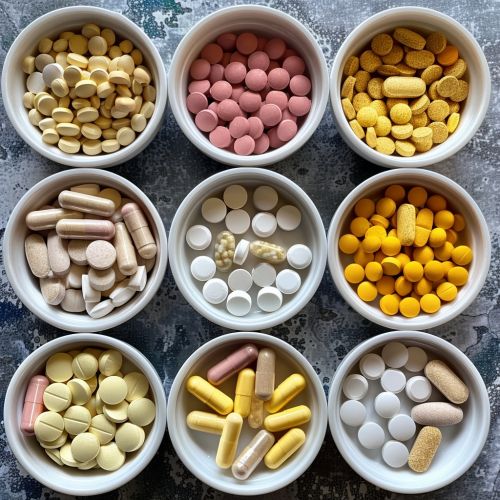Stimulants
Introduction
Stimulants, also known as psychostimulants or uppers, are a class of psychoactive drugs that increase activity in the central nervous system (CNS) and the body. These substances are often used to increase alertness, attention, and energy. They are a diverse group of drugs that can be legally prescribed for medical purposes, such as the treatment of attention deficit hyperactivity disorder (ADHD) and narcolepsy, or used illicitly.


Classification
Stimulants can be classified based on their mechanisms of action, chemical structure, or pharmacological effects. They can be broadly divided into two main categories: central nervous system (CNS) stimulants and peripheral nervous system (PNS) stimulants.
Central Nervous System Stimulants
CNS stimulants primarily affect the brain and spinal cord. They increase the levels of certain neurotransmitters, such as dopamine, norepinephrine, and serotonin, in the brain. This category includes drugs such as amphetamines, methamphetamines, cocaine, and methylphenidate.
Peripheral Nervous System Stimulants
PNS stimulants primarily affect the autonomic nervous system, which controls involuntary bodily functions. They stimulate the sympathetic nervous system, resulting in increased heart rate and blood pressure. This category includes drugs such as ephedrine and pseudoephedrine.
Mechanism of Action
Stimulants exert their effects by interacting with various neurotransmitter systems in the brain. They increase the release of certain neurotransmitters, inhibit their reuptake, or both. This results in increased concentrations of these neurotransmitters in the synaptic cleft, leading to increased stimulation of post-synaptic neurons.
Dopamine
Many stimulants, including amphetamines, cocaine, and methylphenidate, primarily exert their effects by increasing the levels of dopamine in the brain. They do this by blocking the reuptake of dopamine or stimulating its release. Increased dopamine levels result in feelings of euphoria, increased energy, and heightened alertness.
Norepinephrine
Stimulants also increase the levels of norepinephrine in the brain, which contributes to their stimulating effects. Norepinephrine is involved in regulating attention, alertness, and arousal.
Serotonin
Some stimulants, such as MDMA (also known as Ecstasy or Molly), primarily increase the levels of serotonin in the brain. This results in mood elevation, increased sociability, and altered perception.
Medical Uses
Stimulants have several medical uses. They are commonly prescribed for the treatment of ADHD, narcolepsy, and certain forms of depression that do not respond to other treatments.
Attention Deficit Hyperactivity Disorder
Stimulants are the first-line treatment for ADHD. They help to increase attention and decrease impulsivity and hyperactivity in patients with ADHD. Methylphenidate and amphetamines are commonly used for this purpose.
Narcolepsy
Stimulants are also used to treat narcolepsy, a sleep disorder characterized by excessive daytime sleepiness and sudden attacks of sleep. They help to promote wakefulness and reduce daytime sleepiness.
Treatment-Resistant Depression
In some cases, stimulants may be used to treat forms of depression that have not responded to other treatments. They can help to increase energy, improve mood, and reduce feelings of fatigue.
Side Effects and Risks
While stimulants can have beneficial effects, they also come with potential side effects and risks. These can range from mild to severe and can include physical, psychological, and behavioral effects.
Physical Side Effects
Physical side effects can include increased heart rate and blood pressure, insomnia, decreased appetite, and weight loss. In severe cases, stimulant use can lead to heart problems, stroke, and seizures.
Psychological Side Effects
Psychological side effects can include anxiety, agitation, paranoia, and hallucinations. Long-term use of stimulants can lead to dependence and addiction.
Behavioral Side Effects
Behavioral side effects can include increased aggression, impulsivity, and risky behavior. Long-term use can lead to changes in social behavior and interpersonal relationships.
Conclusion
Stimulants are a diverse group of drugs with a wide range of effects and uses. While they can be beneficial for treating certain medical conditions, they also come with potential risks and side effects. It is important for individuals to use these substances responsibly and under the supervision of a healthcare provider.
